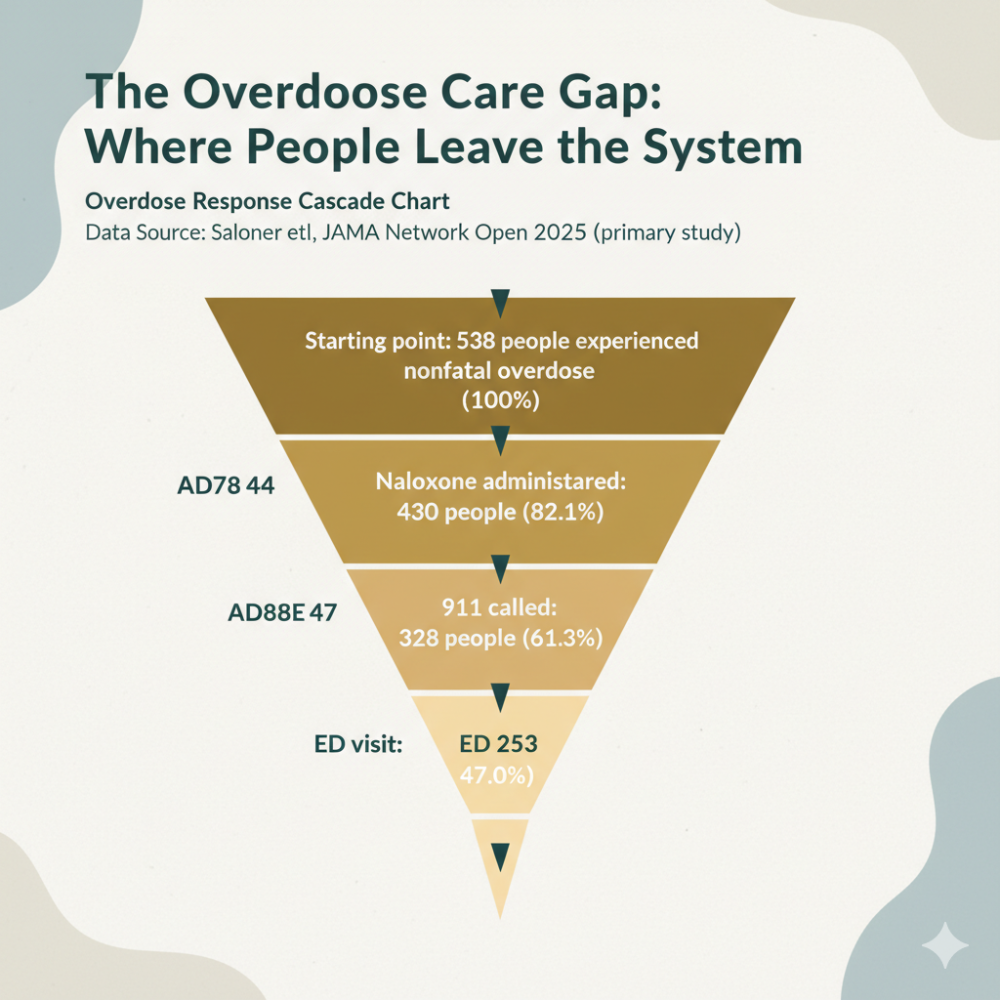What is Hydromorphone?
Hydromorphone: A Potent Opioid with High Addiction Risk – Understanding Deluded and More (NEEDS FINAL READ)
Hydromorphone, similar to the M30 pills discussed in a previous article, is an extremely potent opioid painkiller. It’s significantly stronger than morphine and carries a high risk of dependence, addiction, and potentially fatal overdose. Often known by its brand name Dilaudid®, hydromorphone is a powerful medication that requires careful management and a thorough understanding of its risks. This post will delve into what hydromorphone is, its legitimate medical uses, how it works, and, crucially, the serious dangers associated with its misuse.
What is Hydromorphone made from?
Hydromorphone is a semi-synthetic opioid, meaning it’s derived from morphine but chemically altered to increase its potency. It’s classified as a Schedule II controlled substance in the United States, indicating its high potential for abuse and addiction. Hydromorphone is available in several forms:
-
Oral Tablets: These come in immediate-release and extended-release formulations (e.g., Exalgo®).
-
Injectable Solutions: Used in hospitals and clinical settings for rapid pain relief, often via intravenous (IV) or intramuscular (IM) injection.
-
Suppositories: An alternative route of administration, particularly for patients who cannot swallow pills.
-
Oral Liquid: Used for those who have difficulty swallowing pills.
How Does Hydromorphone Work?
Like other opioids, hydromorphone works by binding to opioid receptors in the central nervous system (brain and spinal cord). These receptors are part of the body’s natural pain-regulating system. When hydromorphone binds to these receptors, it:
-
Potently Reduces Pain Perception: Hydromorphone is much stronger than morphine (approximately 7-10 times more potent, depending on the route of administration). It dramatically alters how the brain perceives pain signals.
-
Produces Intense Euphoria: This “high” is a significant factor in hydromorphone’s high addiction potential. The euphoric effect is often more intense and rapid than with morphine.
-
Causes Significant Sedation and Drowsiness: Hydromorphone strongly depresses the central nervous system, leading to slowed breathing, decreased alertness, and potential loss of consciousness.
-
Affects the Gastrointestinal Tract: Causing constipation, a common side effect of opioids.
Legitimate Medical Uses of Hydromorphone
Due to its potency, hydromorphone is typically reserved for situations where other, less potent opioids are ineffective. Its primary uses include:
-
Severe Acute Pain Management: Treating severe pain following surgery, traumatic injuries, or other medical procedures.
-
Chronic Pain Management: In cases of severe, chronic pain that doesn’t respond to other treatments, such as pain associated with advanced cancer or certain neurological conditions. It’s often used in patients who have developed tolerance to other opioids.
-
Palliative Care: To improve the quality of life for patients with terminal illnesses by managing severe pain.
The Dangers of Hydromorphone Misuse and Abuse
Hydromorphone’s high potency makes it exceptionally dangerous when misused. The risks include:
-
Rapid Development of Tolerance and Dependence: The body quickly adapts to hydromorphone, requiring higher doses to achieve the same effect. Physical dependence develops rapidly, leading to severe withdrawal symptoms if the drug is stopped abruptly.
-
High Addiction Potential: Hydromorphone is highly addictive due to its potent euphoric effects. Addiction can develop even when the drug is initially prescribed for legitimate medical reasons.
-
Overdose: Hydromorphone overdose is a significant and life-threatening risk. Even a small amount beyond the prescribed dose can cause respiratory depression, leading to coma and death. The risk is greatly increased when hydromorphone is combined with other depressants like alcohol, benzodiazepines, or other opioids.
-
Withdrawal: Withdrawal from hydromorphone is extremely unpleasant and can be dangerous without medical supervision. Symptoms include:
-
Intense cravings
-
Severe muscle and bone pain
-
Anxiety and agitation
-
Insomnia
-
Nausea, vomiting, and diarrhea
-
Cold flashes and sweating
-
Runny nose and eyes
-
Injection-Related Risks: Injecting hydromorphone (often by crushing and dissolving tablets) carries additional risks, including:

Signs of Hydromorphone Addiction
Recognizing the signs of hydromorphone addiction is crucial for seeking help:
-
Taking hydromorphone in larger amounts or for longer than intended.
-
Unsuccessful attempts to cut down or control hydromorphone use.
-
Spending a significant amount of time obtaining, using, or recovering from the effects of hydromorphone.
-
Intense cravings for hydromorphone.
-
Continuing to use hydromorphone despite negative consequences (relationships, work, health).
-
Neglecting responsibilities due to hydromorphone use.
-
Using hydromorphone in dangerous situations (e.g., driving).
-
Developing tolerance (needing more to achieve the same effect).
-
Experiencing withdrawal symptoms when not using hydromorphone.
-
Doctor shopping or obtaining hydromorphone illegally.
-
Changes in mood, appearance or sleeping patterns.
Seeking Help for Hydromorphone Addiction
Hydromorphone addiction is a serious, life-threatening condition, but it is treatable. If you or someone you know is struggling, immediate professional help is essential. Treatment options include:
-
Medically Supervised Detoxification: This is crucial for hydromorphone addiction due to the severity of withdrawal symptoms. Medical professionals can provide medications to manage withdrawal and ensure safety.
-
Medication-Assisted Treatment (MAT): Medications like buprenorphine and naltrexone can help reduce cravings, manage withdrawal symptoms, and prevent relapse.
-
Behavioral Therapies: Cognitive-behavioral therapy (CBT), contingency management, and other therapies address the psychological aspects of addiction.
-
Support Groups: Narcotics Anonymous (NA) and other support groups provide peer support and encouragement.
-
Inpatient/Residential Treatment: This intensive form of treatment provides 24/7 care and support in a structured, drug-free environment.
-
Outpatient Treatment: This allows individuals to live at home while attending therapy and support group sessions.
Conclusion
Hydromorphone is an extremely potent opioid painkiller with a high risk of addiction and overdose. While it has legitimate medical uses for severe pain, its potential for misuse is significant. Understanding the dangers of hydromorphone and recognizing the signs of addiction are critical for preventing harm and seeking help when needed. Recovery from hydromorphone addiction is possible, but it requires professional medical intervention and ongoing support. If you or someone you know is struggling with hydromorphone, please seek help immediately.
Casey is the Executive Director of Nursing at Gallus. He has 10 years of experience as a Registered Nurse, working ICU, PCU, and ER, and has been with Gallus for 5 years. He worked as a bedside nurse, administrator, and Director of Education before accepting his current role in January 2024. Casey closely works with the Chief Medical Officer on identifying and implementing best practices to help provide patients with the best detox treatment possible.
Last medically reviewed on March 19, 2025



 Steve B
Steve B 
